Grow Cucumbers at Home? Absolutely! Imagine biting into a crisp, refreshing cucumber you nurtured from seed to salad, right in your own backyard. Forget those bland, store-bought varieties – we’re talking about cucumbers bursting with flavor, grown with love (and a few clever tricks!). For centuries, cucumbers have been a staple in gardens worldwide, dating back to ancient civilizations in India. They’re not just delicious; they’re packed with nutrients and incredibly versatile in the kitchen.
But let’s be honest, sometimes growing cucumbers can feel like a battle against pests, diseases, and unpredictable weather. That’s where these DIY hacks come in! I’m going to share some simple, yet effective strategies to help you grow cucumbers at home successfully, even if you’re a complete beginner. We’ll cover everything from choosing the right varieties for your space to creating the perfect growing environment and warding off common problems.
Why do you need these tricks? Because everyone deserves the joy of harvesting their own fresh produce. Plus, knowing exactly where your food comes from and how it was grown is incredibly empowering. So, grab your gardening gloves, and let’s get started on your cucumber-growing adventure! You’ll be amazed at how easy and rewarding it can be.
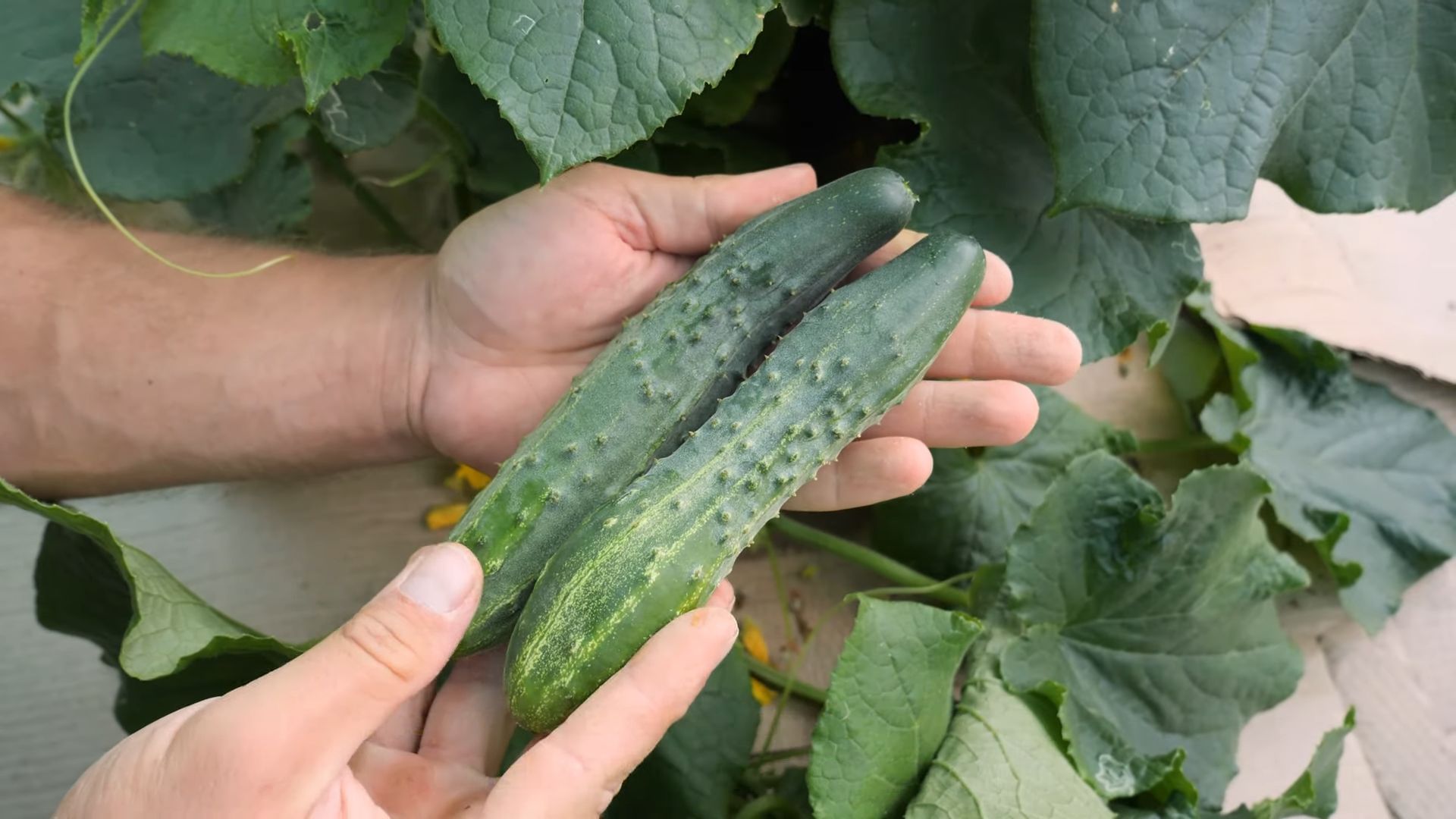
Grow Your Own Delicious Cucumbers: A Beginner’s Guide
Hey there, fellow gardening enthusiasts! I’m so excited to share my tried-and-true method for growing cucumbers right in your own backyard (or even on your balcony!). Nothing beats the taste of a freshly picked, crisp cucumber, and trust me, it’s easier than you think. Let’s dive in!
Choosing Your Cucumber Variety
Before we get our hands dirty, let’s talk cucumbers. There are tons of varieties out there, each with its own unique characteristics. Here’s a quick rundown to help you choose:
* Slicing Cucumbers: These are your classic, long, smooth-skinned cucumbers perfect for salads and sandwiches. Think ‘Marketmore’ or ‘Straight Eight’.
* Pickling Cucumbers: Shorter and stubbier with bumpy skin, these are ideal for making pickles. ‘National Pickling’ and ‘Boston Pickling’ are popular choices.
* Burpless Cucumbers: These are bred to be less bitter and easier on the digestive system. ‘Sweet Slice’ and ‘Armenian’ are great options.
* Bush Cucumbers: If you’re short on space, bush varieties like ‘Spacemaster’ are perfect for containers.
I personally love growing ‘Marketmore’ for salads and ‘National Pickling’ for, well, pickles! Consider your space, your taste preferences, and what you plan to do with your cucumbers when making your choice.
Getting Started: Seeds vs. Seedlings
You have two options here: starting from seeds or buying seedlings from a nursery. Both have their pros and cons:
* Seeds: Starting from seeds is cheaper and gives you more variety to choose from. However, it requires more time and attention.
* Seedlings: Seedlings are more expensive, but they give you a head start and are less susceptible to pests and diseases.
I usually start my cucumbers from seeds indoors about 3-4 weeks before the last expected frost. This gives them a good head start and ensures a longer growing season.
Preparing Your Soil
Cucumbers are heavy feeders, meaning they need nutrient-rich soil to thrive. Here’s how to prepare your soil for success:
* Choose a Sunny Spot: Cucumbers need at least 6-8 hours of sunlight per day.
* Amend the Soil: Mix in plenty of compost or well-rotted manure to improve drainage and fertility. Cucumbers prefer slightly acidic soil with a pH between 6.0 and 6.8.
* Ensure Good Drainage: Cucumbers don’t like soggy soil. Make sure your soil drains well to prevent root rot.
I like to add a slow-release fertilizer specifically formulated for vegetables to give my cucumbers an extra boost.
Planting Your Cucumbers
Now for the fun part! Here’s how to plant your cucumbers, whether you’re starting from seeds or seedlings:
Planting Seeds Directly in the Garden
1. Wait for Warm Weather: Cucumbers are sensitive to cold, so wait until the soil temperature is consistently above 60°F (15°C).
2. Create Mounds or Rows: Plant seeds in mounds or rows, spacing them about 12-18 inches apart.
3. Plant Seeds Deeply: Plant seeds about 1 inch deep.
4. Water Gently: Water the soil gently to avoid disturbing the seeds.
5. Thin Seedlings: Once the seedlings emerge, thin them to one plant per mound or 12-18 inches apart in rows.
Transplanting Seedlings
1. Harden Off Seedlings: Before transplanting, gradually acclimate your seedlings to outdoor conditions by exposing them to increasing amounts of sunlight and wind over a week or two.
2. Dig Holes: Dig holes slightly larger than the root balls of your seedlings, spacing them about 12-18 inches apart.
3. Gently Remove Seedlings: Carefully remove the seedlings from their containers, being careful not to damage the roots.
4. Place Seedlings in Holes: Place the seedlings in the holes and backfill with soil, gently firming it around the base of the plants.
5. Water Thoroughly: Water the seedlings thoroughly after planting.
Providing Support: Trellising Your Cucumbers
Cucumbers are vining plants, so they need support to grow properly. Trellising your cucumbers has several benefits:
* Saves Space: Trellising allows you to grow more cucumbers in a smaller area.
* Improves Air Circulation: Good air circulation helps prevent fungal diseases.
* Makes Harvesting Easier: Trellised cucumbers are easier to see and pick.
* Produces Cleaner Fruit: Cucumbers that grow off the ground are less likely to be damaged by pests or soil.
Here are a few trellising options:
* A-Frame Trellis: This is a simple and sturdy option that’s easy to build.
* Vertical Trellis: This is a good choice for small gardens.
* Tomato Cages: These can also be used to support bush cucumber varieties.
I personally use an A-frame trellis because it’s easy to build and provides plenty of support for my cucumbers.
Building a Simple A-Frame Trellis
1. Gather Materials: You’ll need six wooden stakes (about 6 feet long), twine or wire, and a hammer.
2. Create Two Triangles: Arrange three stakes into a triangle shape and secure them together at the top with twine or wire. Repeat to create a second triangle.
3. Connect the Triangles: Stand the two triangles upright and connect them at the top with another stake, securing it with twine or wire.
4. Add Horizontal Supports: Add horizontal supports along the sides of the trellis to provide additional stability and climbing surfaces for the cucumbers.
Caring for Your Cucumbers
Once your cucumbers are planted and trellised, it’s important to provide them with proper care to ensure a bountiful harvest.
Watering
Cucumbers need consistent moisture, especially during hot weather. Water deeply and regularly, aiming for about 1 inch of water per week. Avoid overhead watering, as this can promote fungal diseases. Drip irrigation or soaker hoses are ideal.
I like to water my cucumbers early in the morning so the foliage has time to dry before nightfall.
Fertilizing
As I mentioned earlier, cucumbers are heavy feeders. Fertilize them every 2-3 weeks with a balanced fertilizer or compost tea. Avoid over-fertilizing, as this can lead to excessive foliage growth and fewer fruits.
Weeding
Keep the area around your cucumbers free of weeds, as weeds can compete for nutrients and water. Mulching with straw or wood chips can help suppress weeds and retain moisture.
Pest and Disease Control
Cucumbers are susceptible to a few common pests and diseases, including:
* Cucumber Beetles: These beetles can damage foliage and spread diseases. Handpick them off the plants or use insecticidal soap.
* Squash Bugs: These bugs suck the sap from the plants, causing them to wilt and die. Handpick them off the plants or use insecticidal soap.
* Powdery Mildew: This fungal disease causes a white, powdery coating on the leaves. Improve air circulation and use a fungicide if necessary.
* Downy Mildew: This fungal disease causes yellow spots on the leaves. Improve air circulation and use a fungicide if necessary.
I regularly inspect my cucumber plants for pests and diseases and take action immediately if I see any problems. Neem oil is a great organic option for controlling many common pests and diseases.
Harvesting Your Cucumbers
The moment we’ve all been waiting for! Cucumbers are typically ready to harvest about 50-70 days after planting, depending on the variety.
* Harvest Regularly: Harvest cucumbers regularly to encourage continued production.
* Check Size and Color: Harvest cucumbers when they reach the desired size and color for their variety.
* Use a Sharp Knife or Pruning Shears: Cut the cucumbers from the vine, leaving a short stem attached.
* Handle Gently: Cucumbers are delicate, so handle them gently to avoid bruising.
I like to harvest my cucumbers early in the morning when they’re at their crispest.
Storing Your Cucumbers
Freshly harvested cucumbers can be stored in the refrigerator for up to a week. Wrap them in plastic wrap or store them in a plastic bag to prevent them from drying out.
And that’s it! With a little bit of care and attention, you can grow your own delicious cucumbers right at home. Happy gardening!
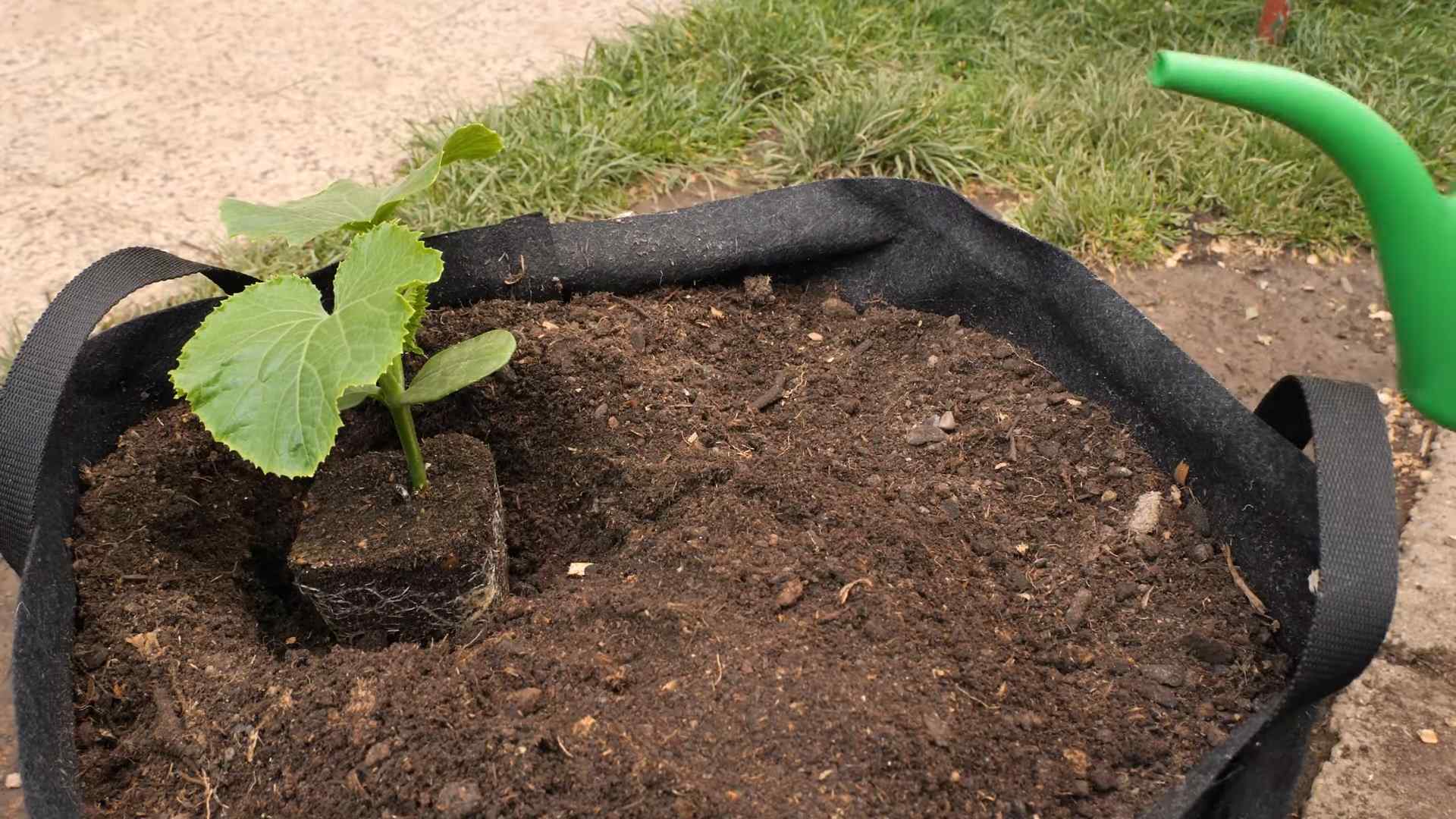
Conclusion
So, there you have it! Growing cucumbers at home isn’t just a gardening project; it’s a gateway to fresher, tastier, and more satisfying meals. Forget those bland, waxed cucumbers from the grocery store. Imagine biting into a crisp, juicy cucumber you nurtured from seed to harvest, knowing exactly where it came from and what went into its growth. The difference in flavor and texture is truly remarkable.
This DIY approach to cucumber cultivation offers a multitude of benefits. You’re in control of the entire process, from selecting the perfect variety for your taste and climate to ensuring your plants receive the optimal care. You can avoid harmful pesticides and herbicides, opting for organic methods that are better for your health and the environment. Plus, there’s an undeniable sense of accomplishment that comes with growing your own food.
But the advantages don’t stop there. Growing cucumbers at home can also be a cost-effective way to enjoy this versatile vegetable. Think about how often you buy cucumbers, whether for salads, sandwiches, pickles, or refreshing drinks. Over time, the savings can really add up. And let’s not forget the sheer convenience of having a ready supply of fresh cucumbers right in your backyard or on your balcony.
Ready to take your cucumber game to the next level? Consider exploring different varieties to find your favorites. Bush cucumbers are ideal for container gardening, while vining cucumbers thrive on trellises, maximizing space and improving air circulation. Experiment with pickling varieties for homemade pickles, or try growing lemon cucumbers for a unique and refreshing twist. You can even explore different growing methods, such as hydroponics or vertical gardening, to further optimize your cucumber production.
Don’t be afraid to get creative and adapt this DIY guide to suit your specific needs and preferences. The beauty of gardening is that there’s always something new to learn and discover. Whether you’re a seasoned gardener or a complete beginner, growing cucumbers at home is a rewarding experience that will bring you closer to nature and enhance your culinary creations.
We wholeheartedly encourage you to give this DIY trick a try. Start small, be patient, and don’t be discouraged by initial setbacks. Gardening is a journey, and every mistake is an opportunity to learn and grow. We’re confident that you’ll be amazed by the results.
And most importantly, we want to hear about your experiences! Share your photos, tips, and stories in the comments below. Let’s create a community of cucumber enthusiasts who are passionate about growing their own food and sharing their knowledge with others. Together, we can inspire more people to embrace the joys of home gardening and enjoy the delicious rewards of fresh, homegrown cucumbers. So, grab your seeds, get your hands dirty, and start growing your own cucumbers today! You won’t regret it.
Frequently Asked Questions (FAQ)
What are the best cucumber varieties to grow at home?
Choosing the right cucumber variety depends on your space, climate, and intended use. For container gardening, bush varieties like ‘Bush Champion’ or ‘Spacemaster’ are excellent choices. If you have more space and a trellis, vining varieties like ‘Marketmore 76’ or ‘Straight Eight’ are popular options. For pickling, consider ‘National Pickling’ or ‘Boston Pickling’. For a unique flavor, try ‘Lemon Cucumber’ or ‘Armenian Cucumber’. Research varieties that are well-suited to your local climate and growing conditions for the best results.
How much sunlight do cucumbers need?
Cucumbers need at least 6-8 hours of direct sunlight per day to thrive. Choose a location in your garden or on your balcony that receives ample sunlight throughout the day. If you’re growing cucumbers indoors, you may need to supplement with grow lights to ensure they get enough light. Insufficient sunlight can lead to stunted growth, reduced yields, and poor fruit quality.
What kind of soil is best for growing cucumbers?
Cucumbers prefer well-drained, fertile soil that is rich in organic matter. Amend your soil with compost or aged manure before planting to improve its fertility and drainage. A slightly acidic to neutral soil pH (6.0-7.0) is ideal. You can test your soil pH with a soil testing kit and adjust it accordingly. Avoid heavy clay soils, as they can retain too much water and lead to root rot.
How often should I water my cucumber plants?
Cucumbers need consistent moisture to produce healthy fruits. Water deeply and regularly, especially during hot, dry weather. Aim to keep the soil consistently moist but not waterlogged. Water at the base of the plants to avoid wetting the foliage, which can increase the risk of fungal diseases. Mulching around the plants can help retain moisture and suppress weeds. As a general rule, water when the top inch of soil feels dry to the touch.
How do I fertilize my cucumber plants?
Cucumbers are heavy feeders and benefit from regular fertilization. Use a balanced fertilizer (e.g., 10-10-10) at planting time, and then side-dress with a nitrogen-rich fertilizer every few weeks during the growing season. You can also use organic fertilizers like compost tea or fish emulsion. Avoid over-fertilizing, as this can lead to excessive foliage growth and reduced fruit production. Follow the instructions on the fertilizer label carefully.
How do I prevent pests and diseases from affecting my cucumber plants?
To prevent pests and diseases, practice good garden hygiene. Remove any dead or diseased leaves promptly. Ensure good air circulation around the plants by spacing them properly and pruning as needed. Monitor your plants regularly for signs of pests like aphids, cucumber beetles, and squash bugs. Use organic pest control methods like insecticidal soap or neem oil to control infestations. To prevent fungal diseases, avoid overhead watering and apply a fungicide if necessary. Crop rotation can also help prevent soilborne diseases.
When is the best time to harvest cucumbers?
Harvest cucumbers when they are still young and tender, before the seeds become too large and the skin becomes tough. The ideal size for harvesting depends on the variety. Pickling cucumbers are typically harvested when they are 2-4 inches long, while slicing cucumbers are harvested when they are 6-8 inches long. Harvest regularly to encourage continued fruit production. Use a sharp knife or pruners to cut the cucumbers from the vine, leaving a short stem attached.
Can I grow cucumbers in containers?
Yes, you can definitely grow cucumbers in containers! Choose a large container (at least 5 gallons) with good drainage. Bush varieties are best suited for container gardening, as they are more compact and require less space. Use a high-quality potting mix and provide a trellis or support for the vines to climb. Water and fertilize regularly, as container-grown plants tend to dry out and deplete nutrients more quickly.
How do I encourage more female flowers on my cucumber plants?
Cucumber plants produce both male and female flowers. Only the female flowers produce fruit. To encourage more female flowers, ensure your plants receive adequate sunlight, water, and nutrients. Avoid over-fertilizing with nitrogen, as this can promote excessive foliage growth at the expense of flower production. Some cucumber varieties are gynoecious, meaning they produce mostly female flowers. Consider growing these varieties for higher yields.
What do I do if my cucumber plants are not producing fruit?
If your cucumber plants are not producing fruit, there could be several reasons. Insufficient pollination is a common cause. Cucumbers rely on bees and other pollinators to transfer pollen from the male flowers to the female flowers. You can hand-pollinate the flowers yourself by using a small brush to transfer pollen from the male flowers to the female flowers. Other possible causes include lack of sunlight, poor soil fertility, and stress from pests or diseases. Address these issues to improve fruit production.

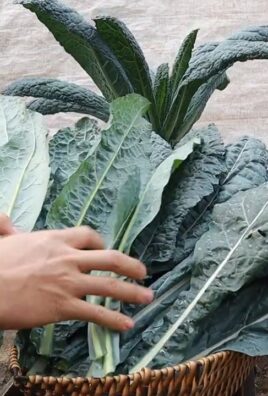
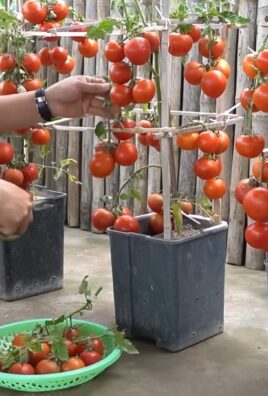
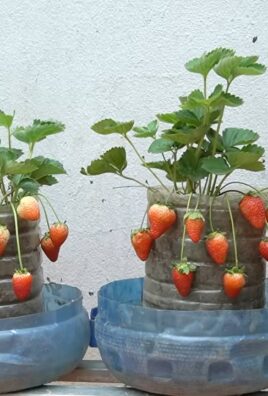
Leave a Comment